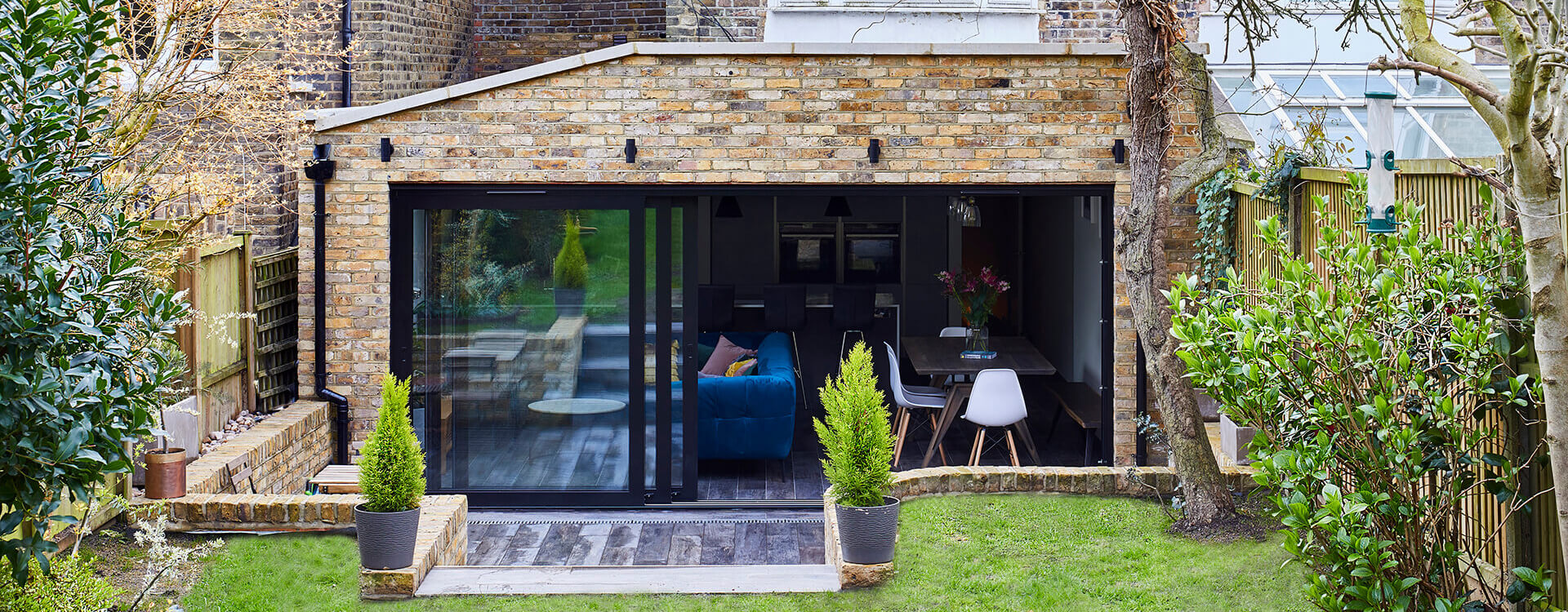
Single Storey Extension - Simple Guide
A single storey extension is a great way of adding extra living space to make the most of your home to suit your needs. Our lifestyles have changed so much and so quickly in recent years. Alongside this change in our work and leisure needs, the way we use our homes has changed too.
Modernising or building a single storey extension is often the first thing we do when moving house. Seldom do existing homes provide the right balance of space to enable the fantastic lifestyle available living in a home that stylishly fulfils your every need. As such, choosing to have a single storey extension added to your home allows you to adapt your home to perfectly suit the needs of you and your family.
What's in this guide?
- What Is A Single Storey Extension
- What Type of Single Storey Extensions Are There
- Do I Need Planning Permission
- What Building Regulations Should I Be Aware Of
- What Does it Cost to Build
- Do I Need An Architect
- How Deep Should The Footings Be
- Roof Options
- Window and Door Options
- How Long Does it Take to Build
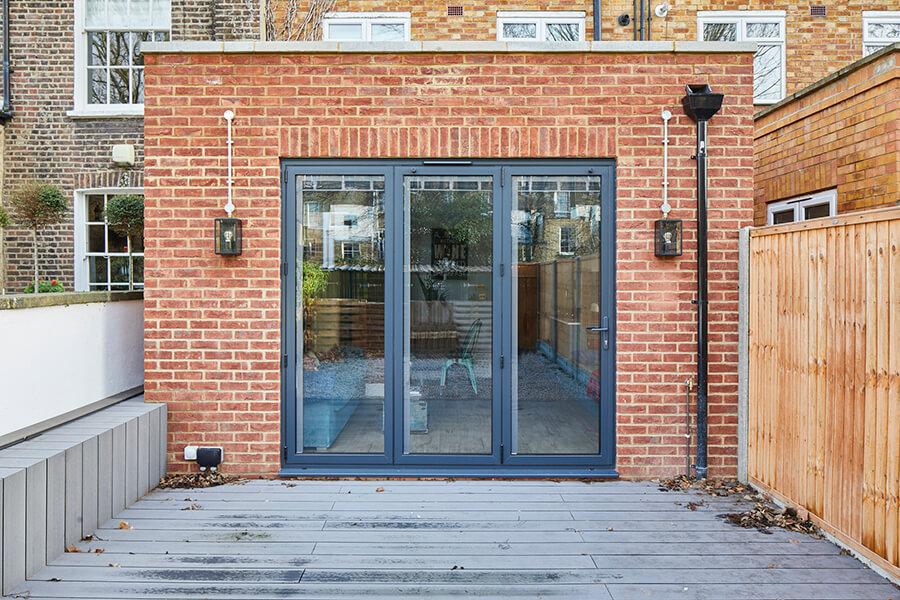
What Is A Single Storey Extension
Rear, side, and wraparound are the three main types of single storey extensions. It involves removing one of your home's external walls and replacing it somewhere else to create extra space.
If your house needs more room, but you don't have the budget to upsize, then a single storey extension can help. There are also options for a 2 storey extension if you need even more room. In the past, we have helped customers to create extra rooms throughout their home for all sorts of needs:
- Home Office
- Extra Bedroom
- Bigger Kitchen
- More Space To Live In
- Downstairs Bathroom
What Are Popular Single Storey Extensions
Probably the most commonly encountered extension is a single storey extension to the rear of a property. This style of extension can be used to complement your existing layout, seamlessly providing extra space. Often space is used to enable a large open plan kitchen, though equally, large spaces can be created. Rear entrances need not be confined to traditional single or double doors, but large widths can be accommodated using bifold doors, which when open or closed have undeniable visual appeal. Modern single storey extensions can make a sprawling, unmanageable garden into one that provides an intimate space that transitions beautifully with your new extension and home.
The size and shape of the extension possible depend greatly on the existing home, with terraced homes tending towards a deeper extension and detached homes able to accommodate a full-width extension.
What Type of Single Storey Extensions Are There
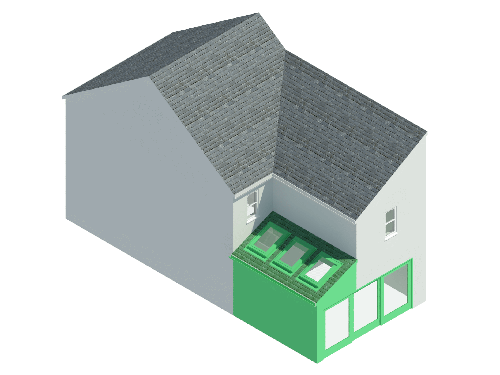
Single Storey Side Return Extensions
This style of extension is popular with homes from both the Victorian and Edwardian eras. Homes from this period were often built incorporating a narrow path or alleyway to the side. Side return extensions utilise this space by providing a new wall and boundary of your home while removing the existing, now redundant external wall. Though sometimes as little as 3 or 4 feet in width, this space is very well utilised in a wraparound extension and can add a considerable amount of extra square footage of space to your home.
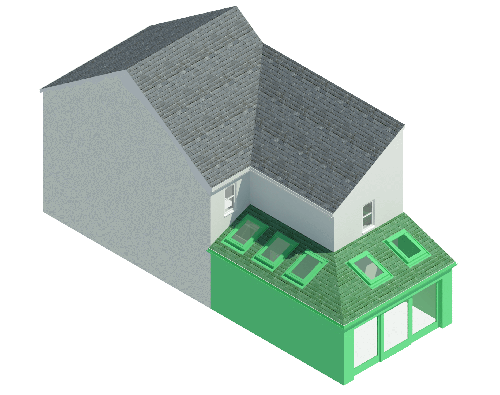
Wraparound Rear Extensions
A wraparound extension combines a rear extension with a side extension to increase the footprint of your home. This method is an excellent way of greatly increasing the amount of space your home has. Often in the past, our homes have had need of spaces to the side of homes, externally accessed spaces, coal bunkers, and redundant storage spaces. By adding a single storey extension, the side of your home can be remodelled, providing uninterrupted living space from wasted and underutilised areas.
Extension Ideas for a Single Storey
Whether you're looking at a side or rear extension ideas for a single storey, there are lots of options. The uses a single storey extension can be put to are as varied as the homes they are applied to. Some ideas for you to consider are large open plan kitchen and dining rooms.
If you want to add more fun to your home, single storey extensions can be used for:
- Home Cinemas
- Gyms
- Play Rooms
- Children's Nursery
- Kitchen Extension
What Does it Cost to Build
The cost of building a single storey is affected by your choice of style and how big you want to go. As a rule of thumb, it costs £1,200 per square metre and choosing a luxury style will cost you more.
Making a Single Storey Extension a Reality
Utilising the skill and knowledge of a building company well versed in modern single storey extensions will often in the long term prove to reduce the average cost. Building methods, materials and techniques used have changed with the times and we are now able to look at other options.
Exciting materials like metals and glass to incorporate dynamic and style were not possible a few years ago. This use of modern materials can be continued throughout your home to give it a seamless look.
Single storey extensions do not have to look like an afterthought and should, if well-executed, complement your existing home, transforming its workability and retaining or enhancing its looks. We'll take the ideas you have for your property extension in London and work with you to make them work. However, we'll also ensure that the single storey extension meets building regulations, planning permission and any permitted development rules.
Do I Need Planning Permission
The type of house you have and where it is located will ultimately decide whether you need local planning permission for a single storey extension. However, legislation has recently changed to allow permitted development rights for some single storey extensions. Rules have been changed to allow homeowners in England to extend their home within permitted development guidelines.
However, they must:
- Not extend for more than 4 metres for a detached house or 3 metres for any other home beyond the rear wall of the original house.
- Only be extended up to 8 metres for a detached house or 6 metres for any house, unless it is on land such as a conservation area or site of scientific interest (SSI).
- Keep a similar appearance to the original exterior of your property.
- Not extend more than half of the area of the house.
What Building Regulations Should I Be Aware Of
Whether or not you're putting up a single storey extension that needs planning permission, you'll need to make sure that everything is put together following current building regulations (we'll take care of all of that for you, don't worry). We'll work with a range of skilled tradespeople such as architects and a structural engineer to ensure that you have everything you need to submit to building control.
We know that getting your home right is essential and we'll work with you the whole way through to ensure that your single storey extension is perfect.
The Party Wall Act
This covers England and Wales and was put together in 1996. It means that if you are undertaking any changes to your space that affect your neighbours, you must give them prior notice of this before going ahead.
Right of Light Act
This also covers England and Wales and means that your neighbour should always have a good level of natural light in their home. Your single storey extension must not affect the level of natural light they are likely to get in their property.
The 45-Degree Rule
Any extension should not exceed a line taken at 45 degrees when measured from the middle of the nearest window on the ground floor.
Do I Need An Architect
Even if your extension is under permitted development, you still need to submit your plans to your local authority, so yes, you will need an architect to produce the plans. A great advantage of having an architect is they will produce the floor plans of your extension so you will be able to see your project in 2D or 3D before it is built. This will help you to see your new space, giving you the maximum impact. We have an in-house architect and design team that can help you every step of the way. Their expertise will ensure that everything surrounding planning permission and building regulations are adhered to throughout the whole project.
How Deep Should The Footings Be
Footings for a single storey extension need to be at least 450mm wide and 200mm deep. Building regulations and structural calculation drawings determine the depth of the footings.
At Proficiency we work with structural engineers to ensure that your single storey extension works comply with building regulations.
Roof Options
For a single storey extension, there are several roof options you can choose:
- Flat Roof
- Gabled
- Skylight
- Sloping Roof
- Lanterns or glass rooms
Single Storey Extension Window and Door Options
You'll be glad to know that if you're considering a single storey extension, there is an abundance of choice when it comes to windows and doors.
Bi-Fold Doors
They are a great choice, which is probably what makes them so popular. They allow you to integrate some of the outside into your interior living space, great for when the weather is nice.
Sliding Doors
Much like bifolding doors, these can give you the feeling of much more space within your new single storey extension.
Crittall Style
These have increased in popularity over recent years and are really on-trend at the moment. They can be used for both small or large window and door spaces and designed to work on either modern or period homes.
Feature Window
If you have a little more space, then creating a feature window doesn't add much to your single storey extension cost. You can even add a window seat, so you can enjoy the views out to your garden when you wish.
Going Ahead with a Storey Extension
If you have a little more space then creating a feature window doesn't add much to your single storey extension cost. You can even add a window site, so you can enjoy the views out to your garden when you wish.
Going Ahead with a Storey Extension
The Proficiency specialist team is able to work with you so we have a clear understanding of what is important to you. We will give you ideas and suggestions on best layouts in accordance with your briefing and by working with our design team, we will cover the needs of natural and artificial lighting, heating and utilities that may require the existing electrical and heating systems be upgraded to provide for the new space.
This makes it an ideal time to future proof your home with energy-efficient heating, modern triple glazing and high-security doors and windows. Even the smaller details like an extra toilet or utility space may make the difference in your home's ability to cater for your current and future needs.
How Long Does it Take to Build a Single Storey Extension
Once planning permission in place, on average a single storey extension will have a build duration of 3 months. Many factors can influence the build time, like the size of your extension but working on the basics of around 3 months will give you a good starting point. At Proficiency our team of builders, architects and engineers will work with you every step of the way to make sure your single storey extension project runs as smoothly as possible.
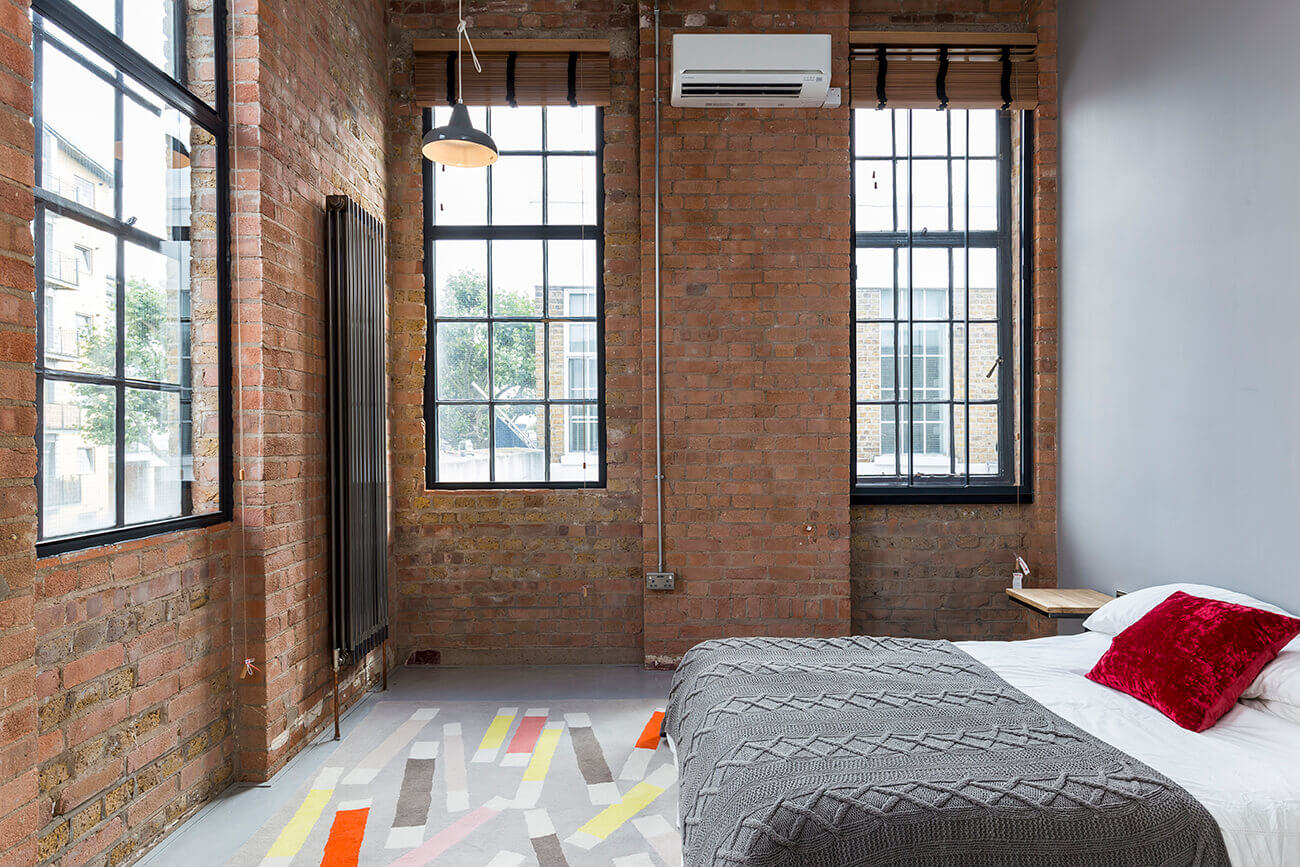
Find Out More About Adding To Your Living Space
If you are considering adding a single storey extension to your home and would like to know more about the planning permission process or just want to chat with us about how you can improve the existing layout of your house, please do not hesitate to get in touch. Our friendly team are well-versed in all things to do with single storey extensions and would be delighted to offer you any help they can
Clara Annesley
Clara Annesley is an interior design and construction content writer. She holds a BSc (Hons) in Architectural Design Technology from the University of West London. Clara specialises in residential construction for topics like health & safety, architectural design and writing cost guides for renovation and remodelling projects.